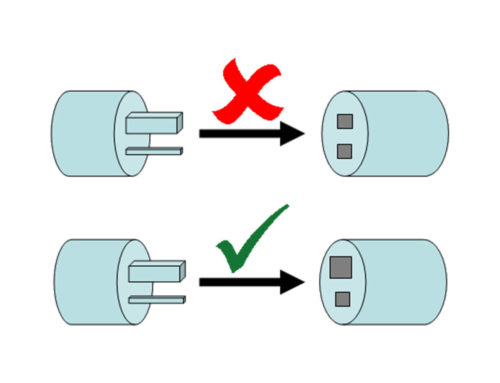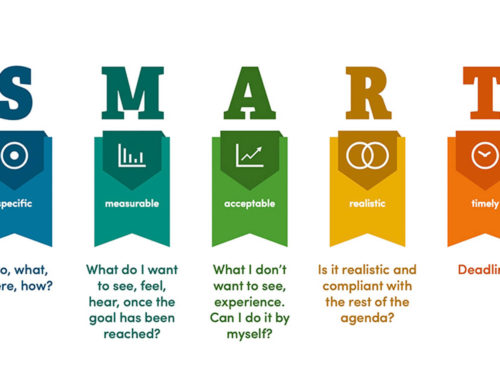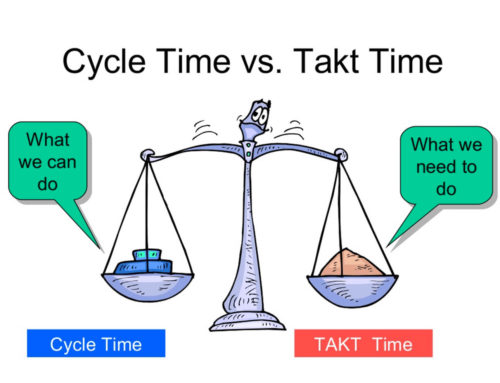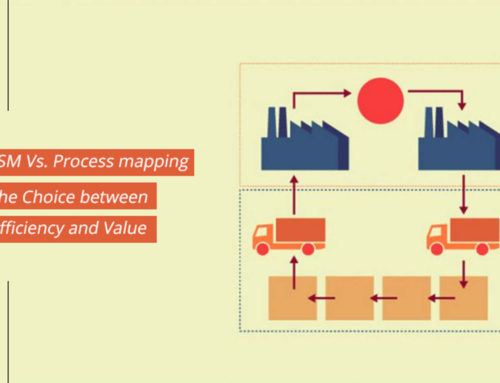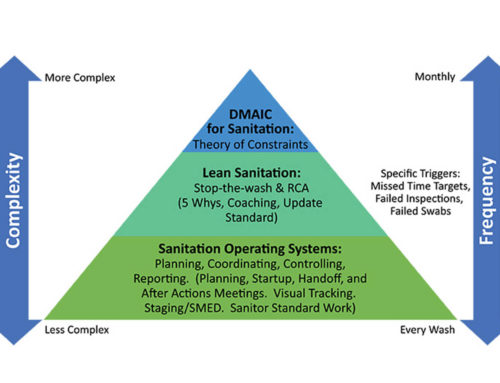From the growing on trees to reach the shelves of a supermarket, processed undergoes a series of procedures to achieve this transformation. For example, the potato chips in a bag taste, smell and look entirely different from the potato they are made of. These foods got washed, peeled, minced, sliced, fried, boiled, mixed, and packed to get into the new shape with added flavours and ease to consume. All of these functions and processes are impossible to perform without the presence of proper food processing equipment.
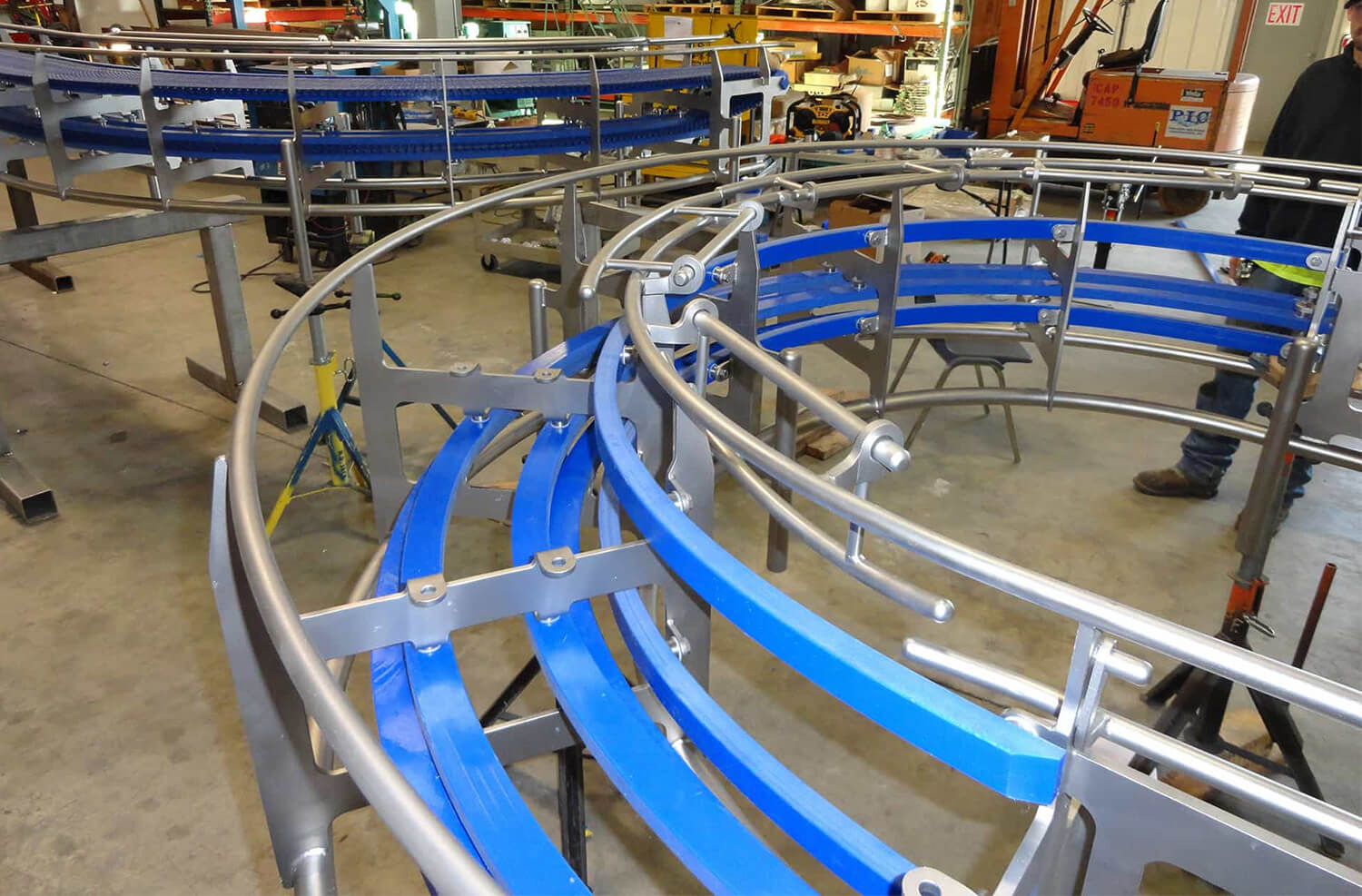 Types Of Food Processing Equipment:
Types Of Food Processing Equipment:
There is no super machine where the raw food goes in from one end and comes out cooked, packed, and preserved at the other. There are several types of food processing equipment for every step and each level of production. Here are the most commonly found types of food processing equipment:
- Washers: These machines are used for washing, curing, and separating dry and wet dirt from the raw material.
- Thrashers: These pieces of equipment are used to skin, peel, separate husks, or remove shells.
- Cutters: Raw food needs to be peeled, chopped, sliced, minced, or ground for further processing.
- Cookers: Many processed food involve different types of cooking techniques like frying, boiling, steaming, poaching, broiling, and even air frying.
- Mixers: To add flavours, emulsification process, or to mix different types of food, food mixers are necessary.
- Separators: Based on quality, variety, or uses, food under process is separated and sorted with the help of dividers.
- Movers: processed food cannot be moved from one stage to another without movers.
- Fillers: Liquids like beverages, vinegar, milk, or sauces are filled into bottles and containers with precision with the help of fillers.
- Wrappers: A wrapping machine imprints the processed food with the logo and covers it in protective packaging.
How To Install The Food Processing Units:
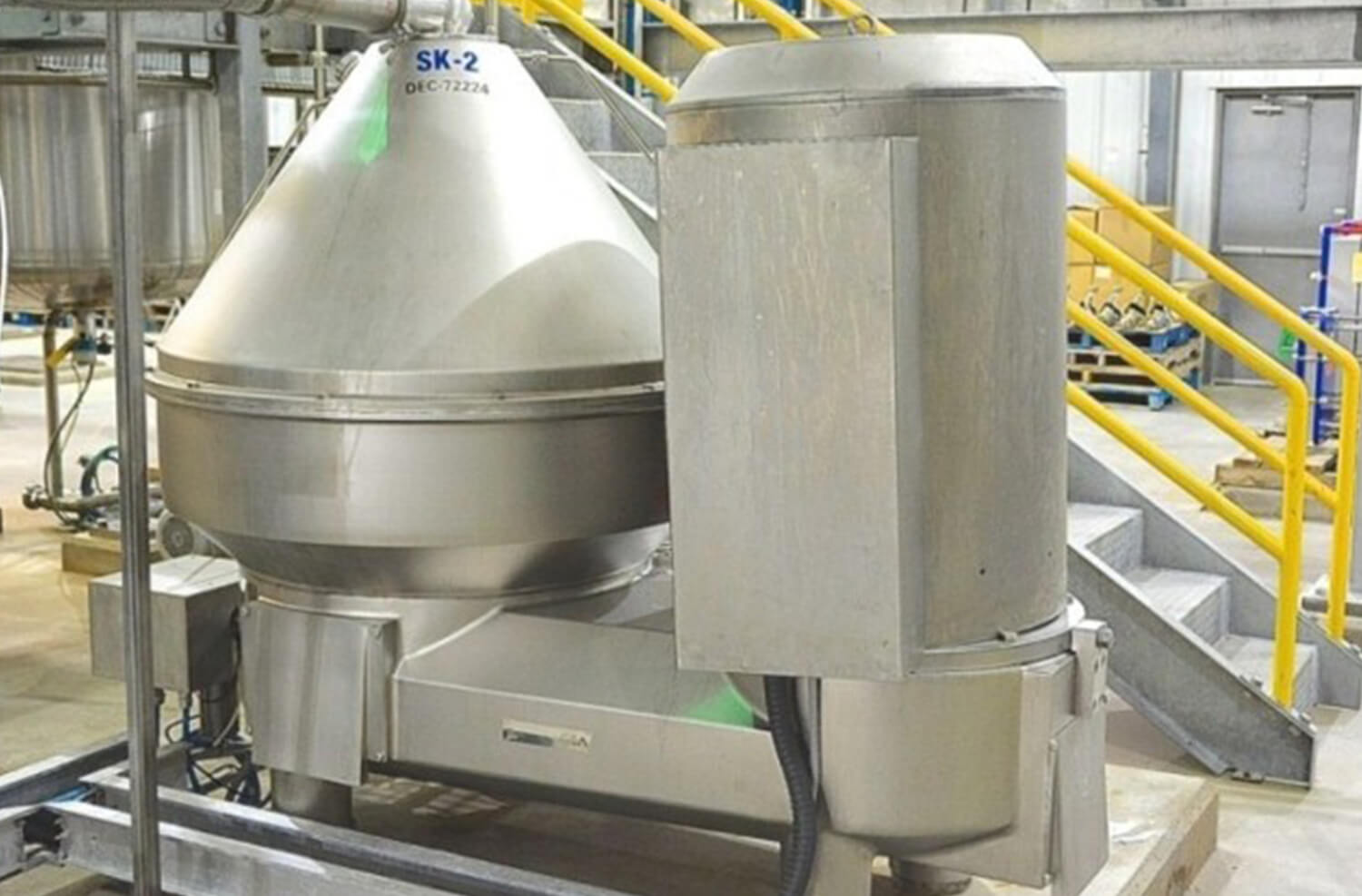 Engineers and food science experts study for years to develop the perfect plan for a well-balanced and error-free food processing system. When it comes to food processing, there is no one size fits all theory. The same machines that work perfectly for cookies will not work for a tomato ketchup plant. However, there are some basic principles to follow for installing food processing equipment:
Engineers and food science experts study for years to develop the perfect plan for a well-balanced and error-free food processing system. When it comes to food processing, there is no one size fits all theory. The same machines that work perfectly for cookies will not work for a tomato ketchup plant. However, there are some basic principles to follow for installing food processing equipment:
- Requirements: Unnecessary, extra, and unrequired food equipment not only adds to the expense of your food plant but also takes up valuable space. Make a point to only install machines that are necessary for your particular food type. Here is how to narrow down the correct requirement for food equipment:
- Follow the recipe for food under preparation.
- Note and mark all those stages where food is processed.
- Avoid overloading or reusing the same machine for multiple procedures.
- Time management: Time is an essential factor. If you leave the food marinated, soaked, dried, or cooked for too long, it can spoil the entire batch. All your food processing equipment should have a mechanism to control the time of food processing. Here is how to manage the time of food equipment before installation:
- Install the drain and transfer tools with your food equipment.
- Use chemicals or sorting belts to secure the best environment inside the machines.
- Arrange temperature control devices at the critical stages.
- Automation: Some food stages require fast action like even coating or a precise amount of candies in every jar. These stages do well with automated processing equipment. Other processes are best for human judgment, like quality control and sorting. A balance of both mechanical and computerized equipment is necessary.
- Safety standards: While working with extreme temperatures, the staff can be under risk of getting injured. All food processing equipment should have safety devices before installation. Take heed of the following steps to ensure safety protocols of food processing machines.
- Incorporate handle, holders, and grips for operating with a safe distance.
- Make for checkpoints to take samples during the processing.
- Use technology to check temperature levels or other vital data during the manufacturing process.
- Ease of use: If food processing equipment is challenging to clean, replace, handle, operate, or repair, the quality of the whole plant would be compromised. It is crucial to ensure the ease of use for each piece of equipment before installation.
There are many types of food processing equipment for every plant. These machines prepare and brew raw materials like peeling, cutting, cleaning, cooking, mixing, and packaging. There are many important factors to be considered like time management, ease of use, requirements, and automation for installing processing units at every step.


